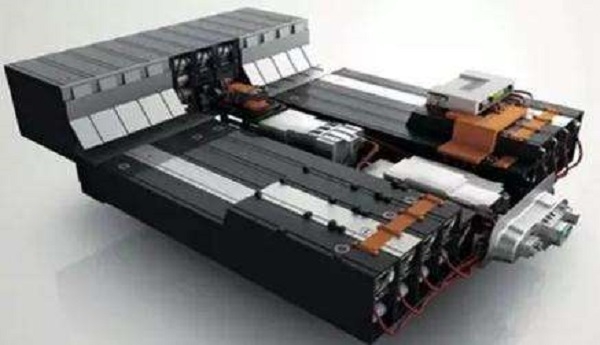At present, China's vehicle power lithium battery technology route chooses the same lithium iron phosphate route as the United States. There is no doubt that lithium iron phosphate batteries have many advantages: high stability and relatively cheap price, but their energy density (higher energy density can better solve the problem of battery life) has very limited room for improvement.

It is understood that the energy density of lithium iron phosphate batteries can reach 157Wh/kg, but the energy density of single cells is reduced to 100Wh/kg. At present, the capacity density of lithium iron phosphate batteries is generally around 150Wh/kg. Even better, it's still around 160Wh/kg. Compared with the energy density of the ternary battery of 200Wh/kg, there is a big gap. The 32131 high-energy-density cylindrical lithium iron phosphate battery to be produced has a single energy density of 180Wh/kg, and the cruising range of passenger cars using this battery can reach more than 300km.
What is energy density?
Energy density) refers to the energy stored in a certain unit of space or mass of matter. The energy density of a battery is the electrical energy released by the battery per unit volume or mass. The energy density of a battery is generally divided into two dimensions: gravimetric energy density and volumetric energy density.
Battery weight energy density = battery capacity × discharge platform/weight, the basic unit is Wh/kg (watt-hour/kg)
Battery volumetric energy density = battery capacity × discharge platform/volume, the basic unit is Wh/L (watt-hour/liter)
The greater the energy density of a battery, the more electricity it can store per unit volume or weight.
What is monomer energy density?
The energy density of batteries often points to two different concepts, one is the energy density of a single cell, and the other is the energy density of a battery system.
A cell is the smallest unit of a battery system. M cells form a module, and N modules form a battery pack, which is the basic structure of a vehicle power lithium-ion battery.
Single-cell energy density, as the name suggests, is the energy density at the single-cell level.
What is system energy density?
System energy density refers to the weight or volume of the entire battery system after the monomer combination is completed. Since the battery system includes a battery management system, thermal management system, high and low voltage circuits, etc., which occupy part of the weight and internal space of the battery system, the energy density of the battery system is lower than that of the battery system. battery system. Unicellular.
System energy density = battery system charge/battery system weight or battery system volume
The battery is a very comprehensive product. If you want to improve performance in one area, you may sacrifice performance in other areas. This is the basis for understanding battery design and development. Power lithium-ion batteries are used exclusively in vehicles, so energy density is not the only measure of battery quality.


